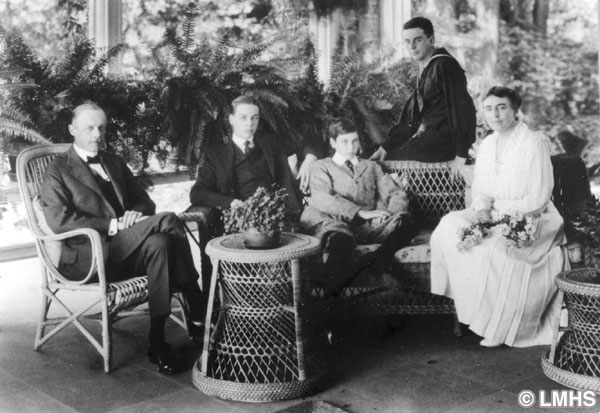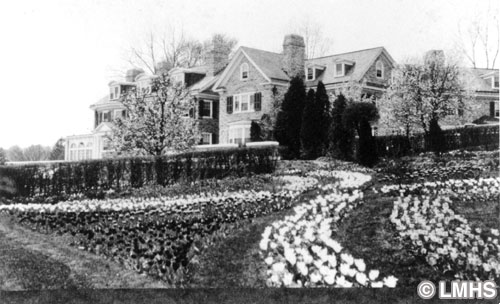Charles Ludington’s Clovelly
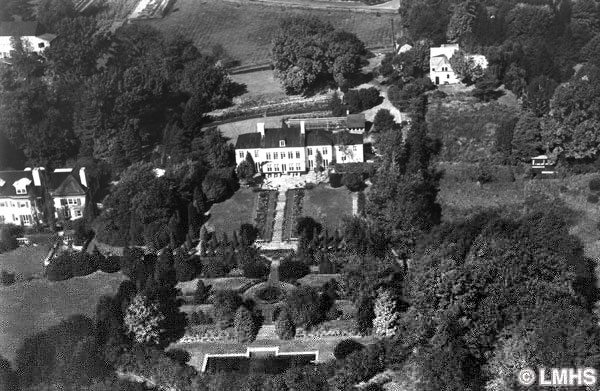
Charles Ludington stemmed from Old Lyme, Connecticut, and was a graduate of Yale Law School. He married Ethel Saltus in 1895 and they lived in Manhattan where Charles practiced law. In 1901, he took the position of secretary and treasurer of the Curtis Publishing Company in Philadelphia and the Ludingtons moved to the Main Line.
Mill Creek Valley
A ten acre hilly tract with a mansion, carriage house, artist’s studio and spring house on Old Gulph Road in Gladwyne (formerly Ardmore) was purchased in 1905. Their estate, named Clovelly, was cherished, remodeled and newly built on for over 50 years. The 19th- and 20th century architectural history of the property represents a microscopic tale of the aesthetics, social life and development of the Main Line from the founding fathers to the present.
Furness and Evans
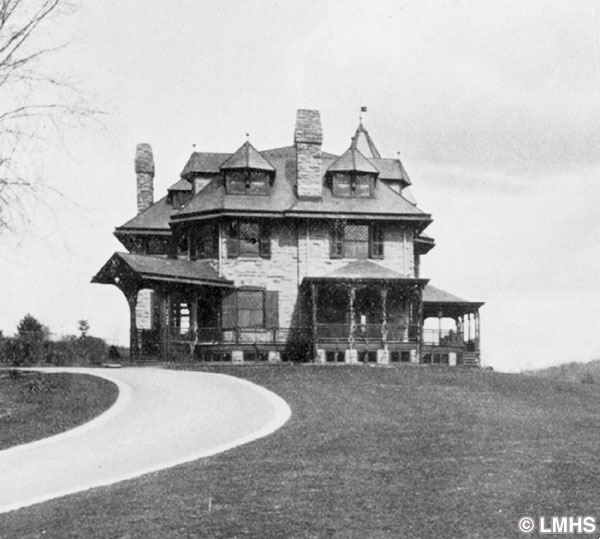

The first house built on this hillside east of John Roberts’ residence and grain mill on Mill Creek was one for the prominent dentist, Dr. Henry C. Register, designed by Furness and Evans. After fire destroyed most of the building in 1897, Edgar V. Seeler, architect for the Curtis Publishing Company, rebuilt the house in a Colonial Revival mode. The estate was newly named Clovelly after an English town.
When the Ludington’s took possession of Clovelly in 1905, Charles became actively involved in Philadelphia educational institutions and academies, served as treasurer for the Bryn Mawr Presbyterian Church and was a member of many social clubs.
As was the tradition of the day, Ethel served her family, home and social causes. Her strong leadership, enthusiasm and a zest for life won her many friends. An extensive formal garden adjoining a squash court became her pride and joy.
During 1913-14 the estate was remodeled by another local architect, Horace Well Sellers. The west porch wing was extensively expanded, adding new charm for both family and visitors. The joy of the remodeled home was dampened by the diagnosis that Ethel was suffering from tuberculosis. Despite her illness, the family maintained an active travel schedule both in America and Europe. Sanitarium stays in the west and Saranac Lake did little to curb Ethel’s disease; on September 7, 1922, she died after a valiant battle at the age of 51. No one was more devastated than her husband, her most devoted follower.
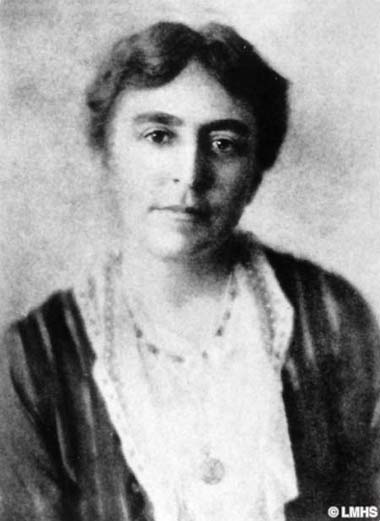

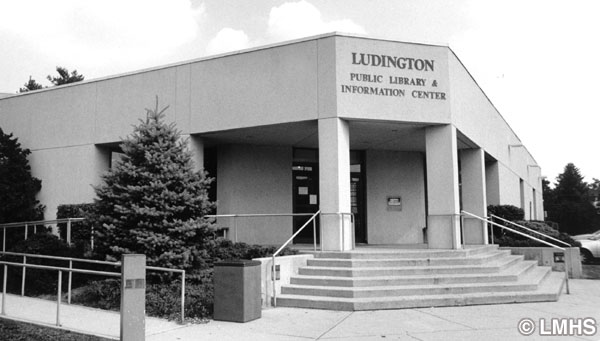
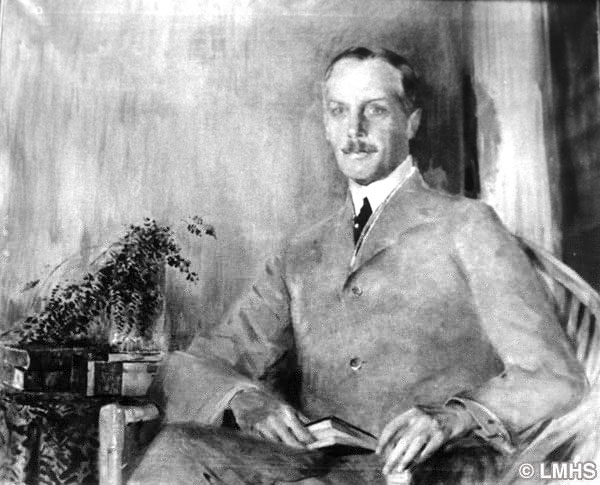
Memorial To Ethel
Thanks to his wealth, Charles Ludington was able to turn his wife’s untimely death into a philanthropic cause to memorialize her life. A small book told of her community efforts, spirit and intelligence. A new infirmary was built for the Saranac Lake sanatorium. Funds went to the Ardmore Library, and $50,000 built the new Ludington Library in Bryn Mawr. Ethel Saltus Ludington’s name became prominently attached to the built environment.
The Ludington estate’s architecture and open space remains reminiscent of the dedication of a former Main Line family to the community.

